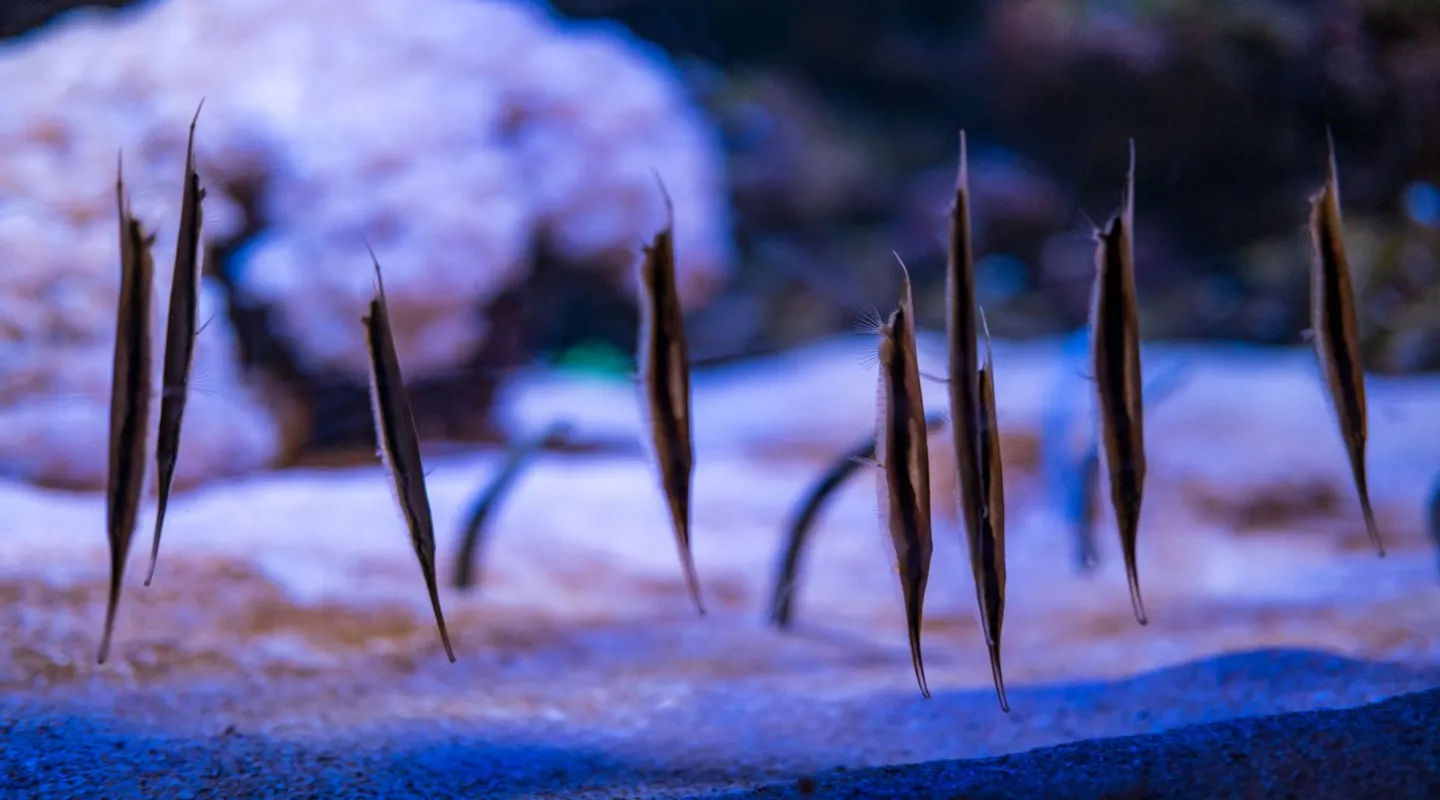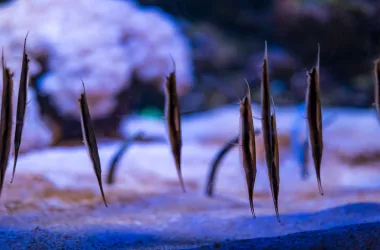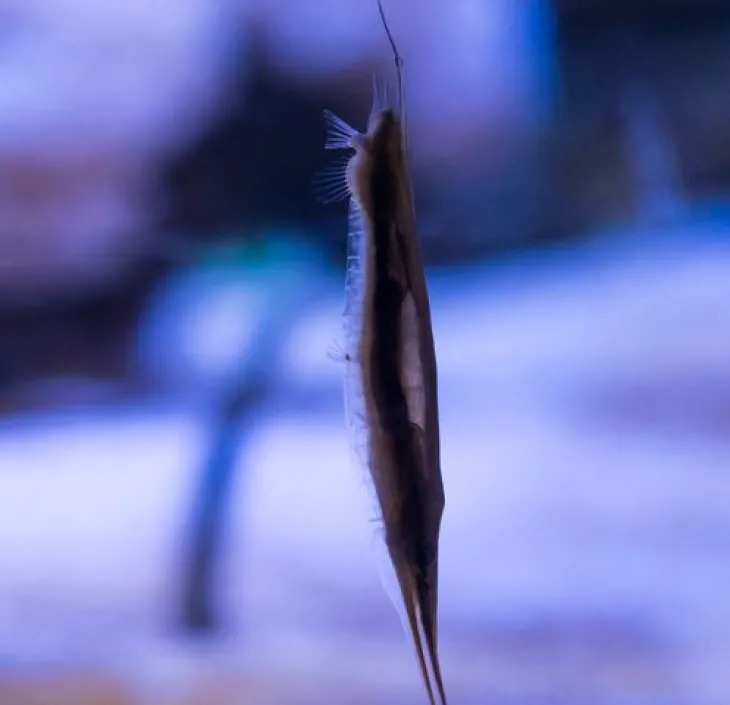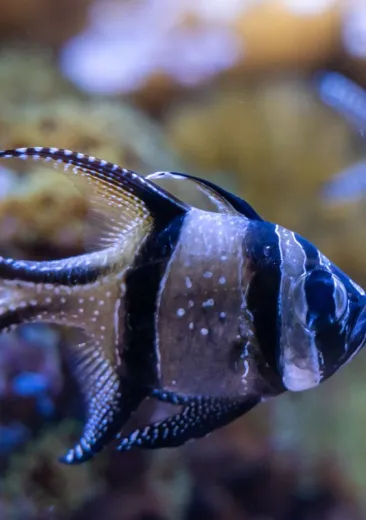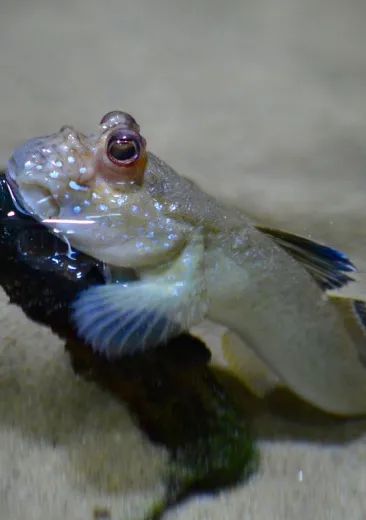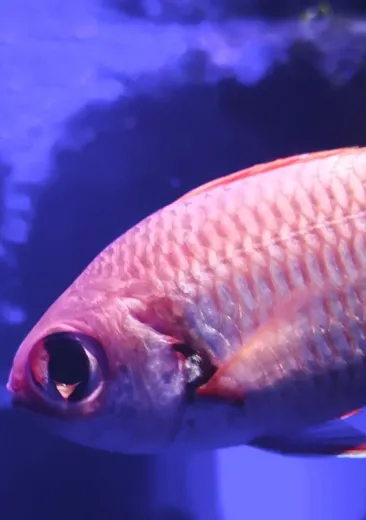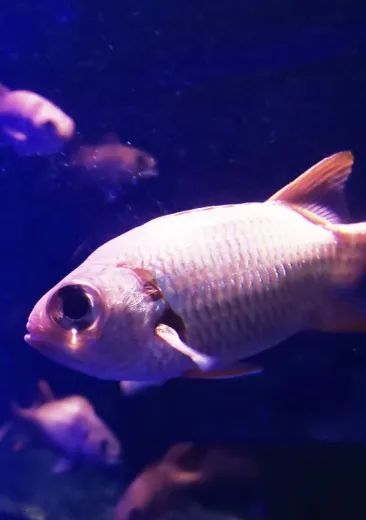They live in well-synchronised schools and are also known as striped razorfish or striped shrimpfish.
Juveniles can be pelagic.
Razorfish like to shelter between the spines of large sea urchins.
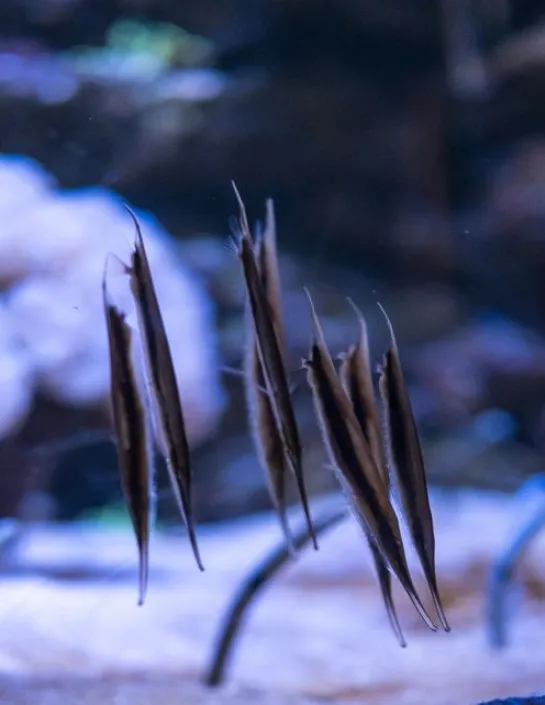
Identity card
Coral Shrimpfish
- Scientific name:
- Aeoliscus strigatus
- Family:
- Centriscidae
- Class:
- Actinoptérygien
- Phylum:
- Chordata - Cordés
- Year of description:
- Günther, 1861
- IUCN Status:
- Data Deficient
- Distribution:
-
Indo-Pacific - "from Aldabra and the Seychelles to New Caledonia, from Japan to the Great Barrier Reef.
- Habitat:
-
Between 1 and 35 m deep
- Size:
15 cm on average
- Diet:
-
They feed on zooplankton: planktonic crustaceans (such as small copepods) and the larvae of bony fish.
